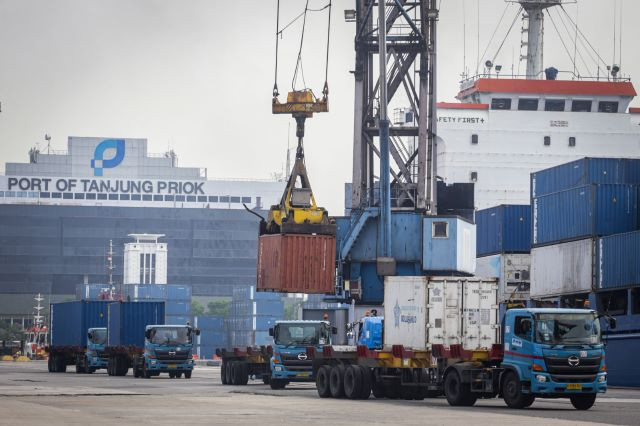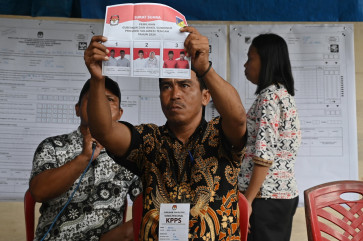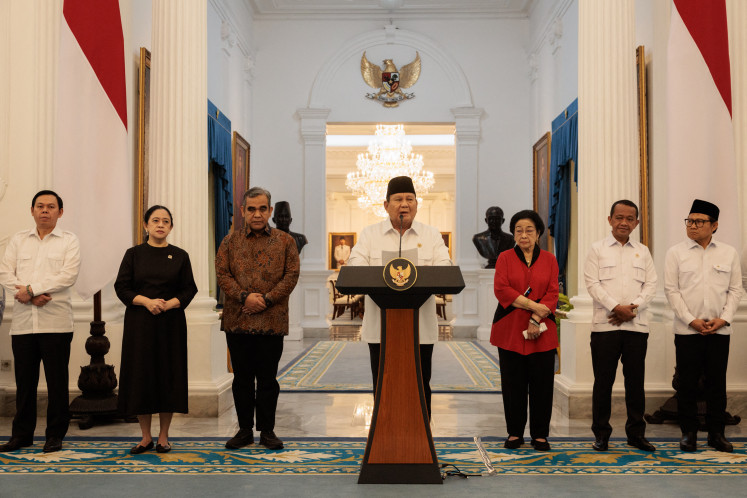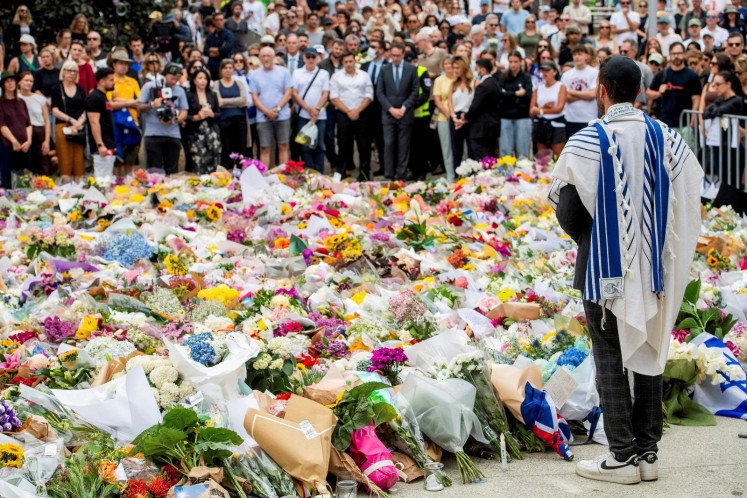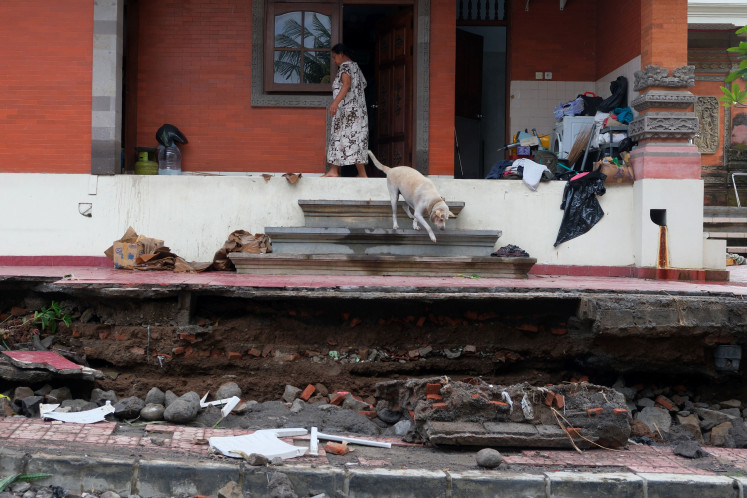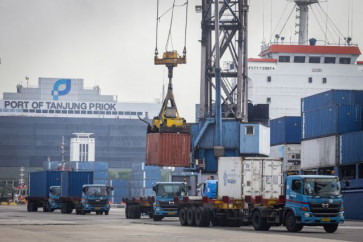Popular Reads
Top Results
Can't find what you're looking for?
View all search resultsPopular Reads
Top Results
Can't find what you're looking for?
View all search resultsIndonesia’s logistics sector is doing much better than reported
No less than 34 percent of containers transported domestically are empty because of the absence of return cargo from Eastern Indonesia to Java.
Change text size
Gift Premium Articles
to Anyone
I
n the last few months, several articles have appeared highlighting the poor state of Indonesia’s logistics sector. The unsatisfactory performance of Indonesian logistics is often seen concerning two key indicators: logistics costs as a percentage of gross domestic product (GDP) and the World Bank’s Logistics Performance Index (LPI).
The articles point out that Indonesian logistics costs are more than 24 percent of GDP, which is very high in comparison with its neighbors, while the LPI suggests that Indonesia’s worldwide LPI ranking has declined from 46th in 2018 to 63rd in 2023. Consequently, the articles argue that Indonesia is in the “middle of a logistical crisis” that calls for swift and profound policy interventions.
These articles are wrong. The truth is that Indonesia’s logistics sector is improving rapidly, with various policy initiatives starting to bear fruit. This contribution presents some recent evidence of Indonesia’s sound logistics performance. Rather than highlighting Indonesia’s dismal logistics performance, it might be better to understand what is going well and how Indonesia might capitalize on it.
In October of this year, Indonesia’s National Development Planning Agency (Bappenas), with the support of Statistics Indonesia (BPS), launched a new and more accurate method to estimate Indonesia’s logistics costs as a percentage of GDP. Logistics costs refer to all costs associated with moving goods from factories to customers.
The new method is already used by various ASEAN neighbors, which facilitates comparison between countries. The new method revealed surprising results.
Logistics costs in Indonesia were significantly lower than previously assumed. These costs were slightly above 14 percent of GDP in 2022, down significantly from more than 21 percent in 2005. These estimates are included in the National Mid and Long-term Development Plans coordinated by Bappenas with a target of 8-9 percent logistics costs by 2045.
Indonesia’s logistics costs are lower than is often perceived and, perhaps more importantly, indicate that these costs are decreasing. In other words, there is a need to explain the success of logistics policies in Indonesia rather than continue to talk about the poor performance of Indonesia’s logistics.

